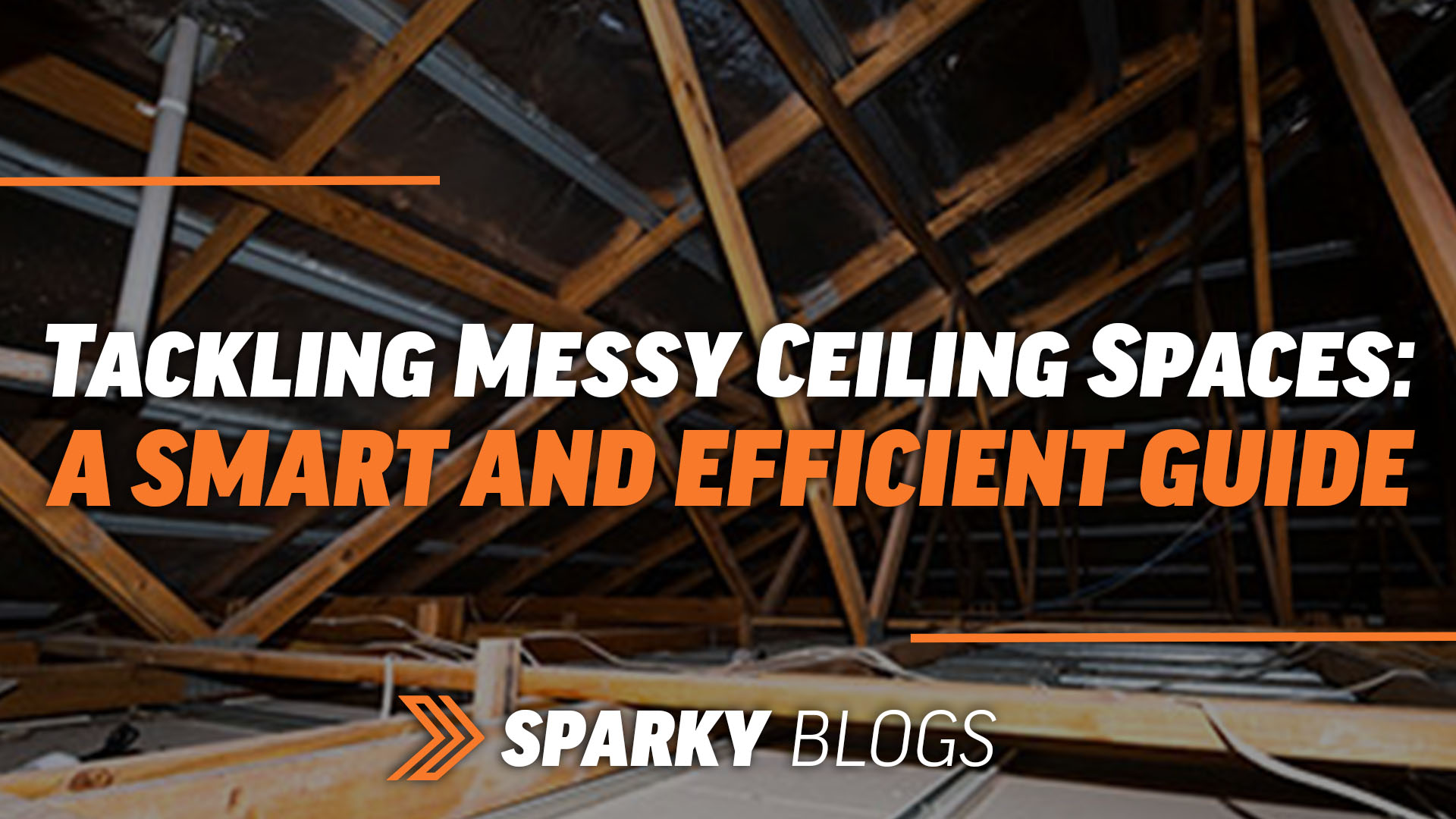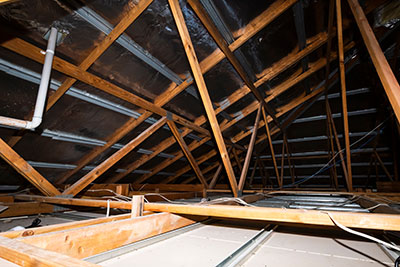Search Results:
Search Results:
Search Results:
Search Results:


Navigating the complexities of ceiling spaces can often feel like venturing into a maze, especially for Electrical Contractors aiming for compliance without sacrificing time and budget.
The release of the Wiring Rules (AS/NZS 3000:2018) in June 2018 marked a significant shift in how electrical installations in ceiling cavities must be protected. The updated guidelines underscore the necessity for mechanical protection over relying solely on RCDs, setting clear criteria for wiring systems deemed "likely to be disturbed."
These include cables installed:
- On the surface of a wall or underside of a ceiling or roof.
- In accessible spaces between a floor and the ground.
- In ceiling spaces taller than 0.6m.
- Within 2.0m of any entry point to spaces accessible to persons.
- Below raised floors.
Given their accessibility, ceiling spaces often face the risk of disturbed wiring systems, posing a substantial electrical shock hazard from damaged or exposed wiring. With this in mind, compliance with the Wiring Rules becomes paramount to ensure safety.
Traditionally, achieving this meant extra time, cost, and effort for Electricians, involving intricate cable runs along trusses with pin clips or custom timber supports for horizontal or diagonal wiring. This not only extended the project timeline but also increased the material costs and complexity of installations. Such cumbersome methods often led to compromised safety standards, with unprotected wiring left as a hazard in ceiling spaces.
However, as innovation continues to refine and simplify our workflows, solutions like Harry's Hat have emerged. This product is a testament to the evolving landscape of electrical installation, offering a straightforward, efficient, and compliant method for Electrical Contractors.
- Material: Made from non-conductive Polypropylene, it ensures durability and safety, capable of supporting up to 150kg.
- Design: Its unique hat shape not only prevents it from being a trip hazard but also adds a level of mechanical protection that's both effective and compliant.
- Ease of Installation: With Harry's Hat, installation is a breeze, allowing for compliance within moments of unpacking. Its design ensures no alterations are needed for existing installations.
- Visibility: The choice of bright pink not only makes Harry's Hat easy to locate but also simplifies compliance checks for inspectors, ensuring that mechanical protection is visibly applied where needed.
Harry's Hat represents a shift towards safer, more efficient ceiling space installations. By providing a simple yet robust solution to a longstanding issue, it empowers Electricians to maintain high safety standards while optimizing their workflow.
As we continue to seek ways to enhance safety and efficiency in electrical installations, embracing innovative solutions like Harry's Hat is a step in the right direction. Its introduction to the market is a clear indicator of progress, making compliance a quicker and more cost-effective process for all Electrical Contractors.
.png)